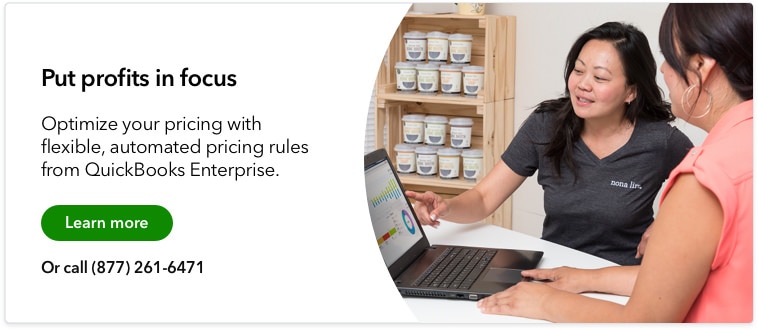Dynamic pricing refers to charging different prices for a product or service, depending on who is buying it or when it sells. Dynamic pricing is sometimes called demand pricing, surge pricing, or time-based pricing. And it’s a reaction to changes in competition, supply, demand, and other market forces.
In 2020, dynamic pricing made headlines when the prices of everyday goods such as toilet paper and hand sanitizer changed dramatically. More common examples are happy hours at your local bar, airline pricing on travel websites, and rideshare surge pricing.
In this article, we’ll explore whether dynamic pricing is an effective strategy for your business.










